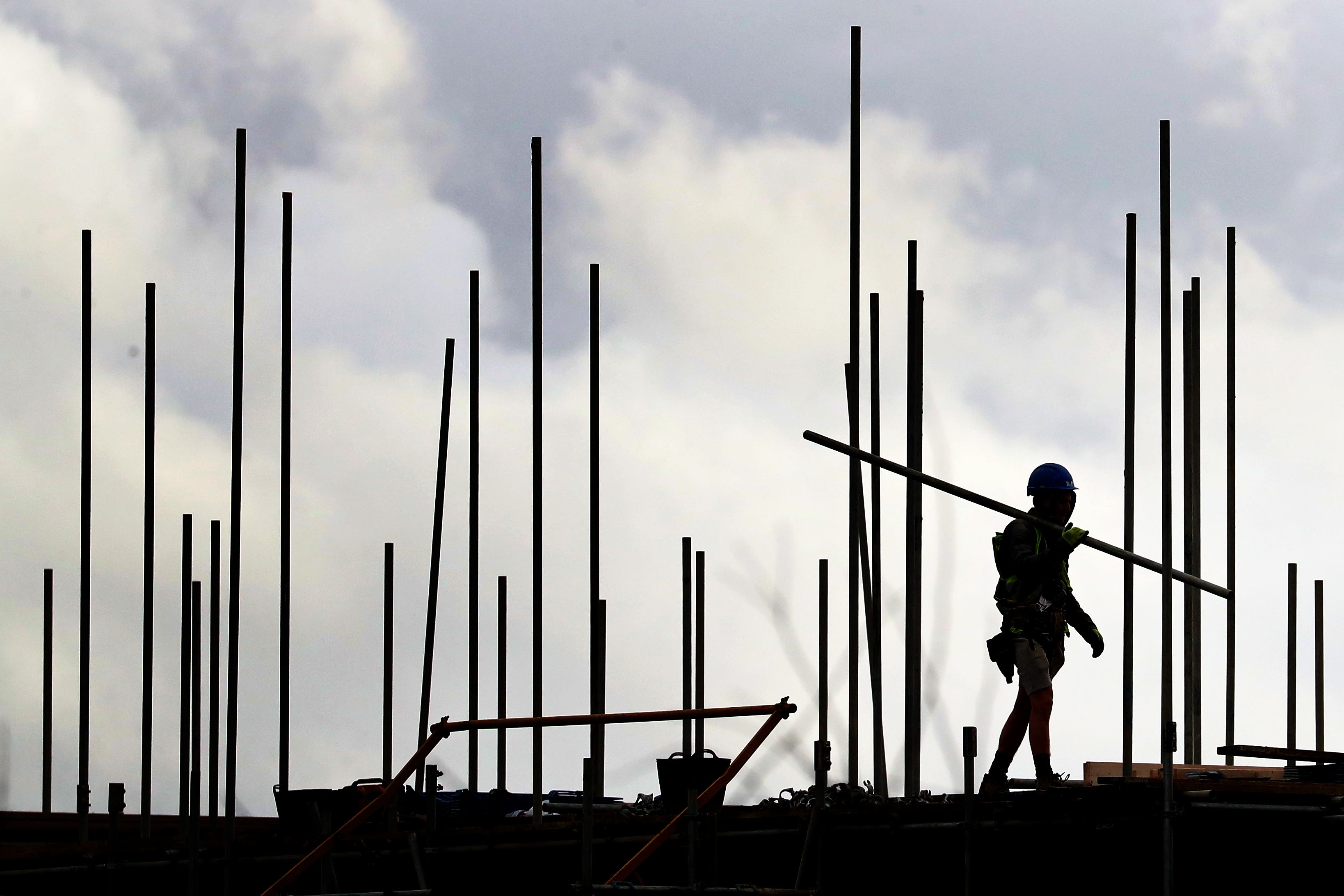More firms going bust in England and Wales than since 2009
The construction, retail and hospitality sectors are among the hardest hit, Government figures show.

Your support helps us to tell the story
From reproductive rights to climate change to Big Tech, The Independent is on the ground when the story is developing. Whether it's investigating the financials of Elon Musk's pro-Trump PAC or producing our latest documentary, 'The A Word', which shines a light on the American women fighting for reproductive rights, we know how important it is to parse out the facts from the messaging.
At such a critical moment in US history, we need reporters on the ground. Your donation allows us to keep sending journalists to speak to both sides of the story.
The Independent is trusted by Americans across the entire political spectrum. And unlike many other quality news outlets, we choose not to lock Americans out of our reporting and analysis with paywalls. We believe quality journalism should be available to everyone, paid for by those who can afford it.
Your support makes all the difference.More businesses have gone bust in England and Wales in recent months than since 2009 amid the aftermath of the financial crisis, according to Government figures.
The construction, retail and hospitality sectors are among the hardest hit.
Company insolvencies jumped by a 10th between July and September, compared to the same period last year, new Insolvency Service data revealed.
There were 6,208 insolvencies registered over the quarter, which included 4,965 creditors’ voluntary liquidations (CVLs) and 735 compulsory liquidations.
CVLs indicate that the director of a company has opted to wind it up if it cannot pay off its debts, rather than being forced to do so by creditors.
The latest quarter’s total was 2% lower than between April and June, however, where insolvencies surged to 6,319 – the highest level since the second quarter of 2009.
These businesses must now struggle through a period of inflation-eroded margins, weak demand and a looming recession. It is likely to be an insurmountable task for many
The last two quarters have seen more firms going bust than when the UK was gripped by the downturn caused by the global financial crisis.
Furthermore, there have been more CVLs than since the current series of the Government’s records began in 1960.
Many businesses have been recovering from the Covid pandemic, with the unwinding of support measures, and grappling with high inflation, rising interest rates and dampened consumer demand.
Mark Ford, partner in restructuring and recovery services at Evelyn Partners, said: “The recent spike in total insolvencies has mainly come from company voluntary liquidations, rather than other insolvency processes, and this suggests that it is business directors taking the decision to liquidate their companies.
“It would appear that they are concluding that the game is up with the combination of legacy debt from the Covid pandemic and facing very strong financial headwinds and global uncertainty.”
Construction firms saw the highest number of insolvencies at 4,276 over the past year, nearly a fifth of all the cases where the sector has been identified.
Wholesale, retail, and hospitality have also experienced more companies going bust, with many firms impacted by higher energy bills and business costs, and waning consumer confidence.
Meanwhile, the number of businesses in “critical” financial distress has surged by nearly a quarter between July and September, compared with the previous three months, according to figures from consultancy Begbies Traynor.
The analysis also raised concerns over the outlook for the construction and property sectors, with a spike in the number of firms at risk.
Julie Palmer, partner at Begbies Traynor, said: “The construction industry, which has long been a bellwether for the health of the economy, looks particularly vulnerable with over 70,000 firms now in significant financial distress and circa 6,000 in much more serious critical financial distress – often a precursor to formal insolvency.
“These businesses must now struggle through a period of inflation-eroded margins, weak demand and a looming recession. It is likely to be an insurmountable task for many.”